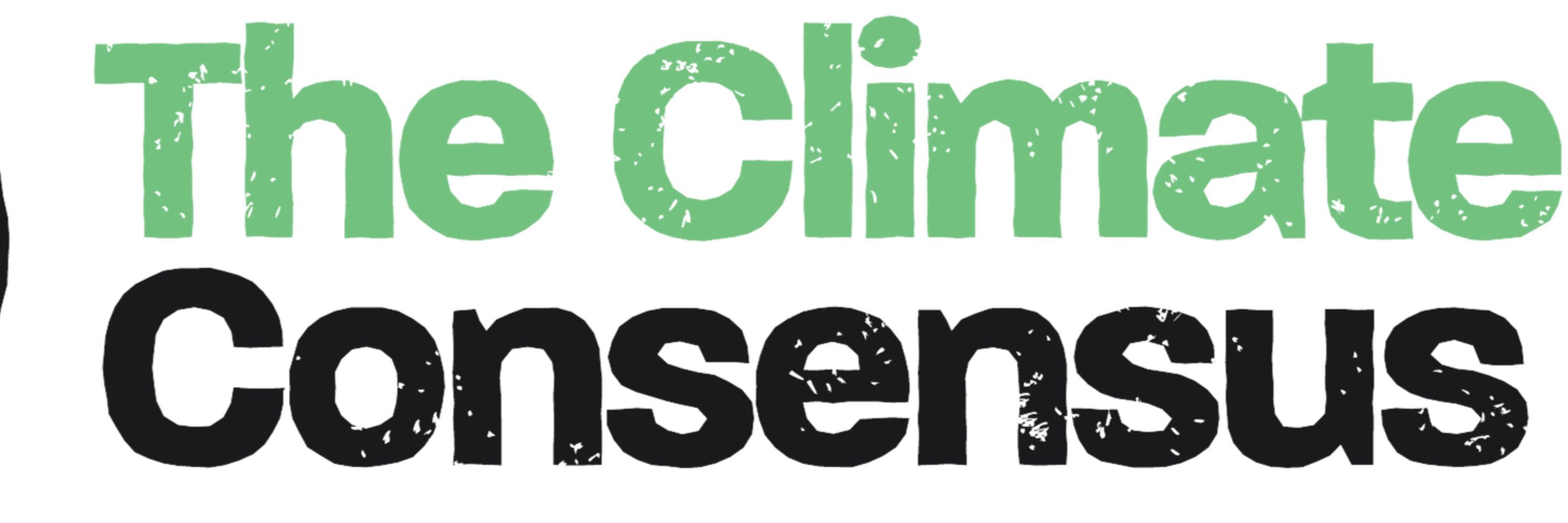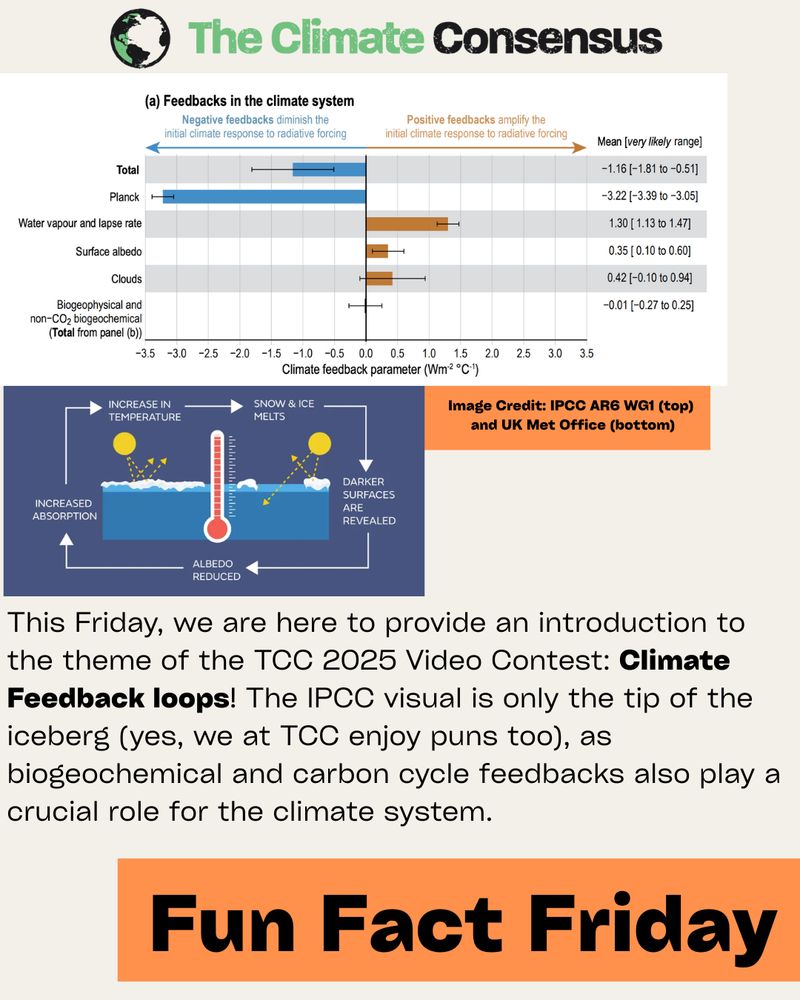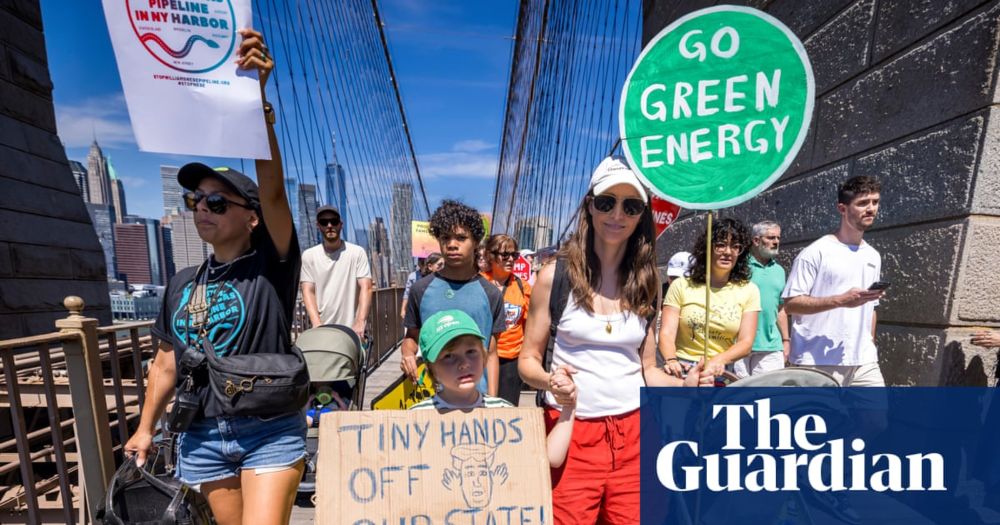The Climate Consensus
@climateconsensus.bsky.social
75 followers
30 following
260 posts
501(c)(3) nonprofit working to close the consensus gap between experts and the broader community | Empowering scientists to engage in climate outreach and communication
https://theclimateconsensus.org/
https://linktr.ee/theclimateconsensus
Posts
Media
Videos
Starter Packs
Pinned









